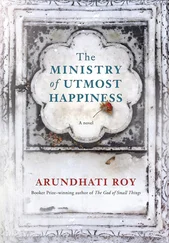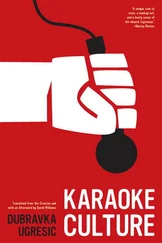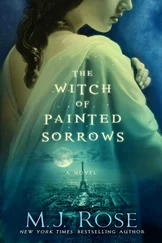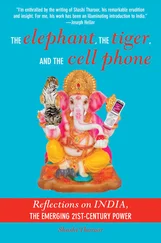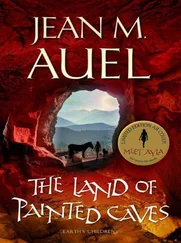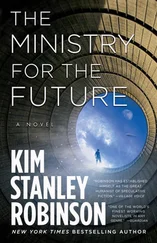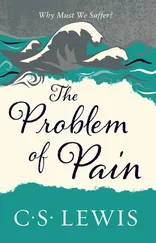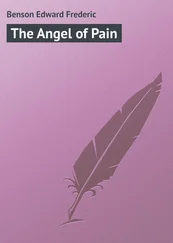JOHANNEKE: VANILLA CONES
I come from a big family. My parents loved Yugoslavia. So did us kids. Now I see that another reason we took our summer holidays in Yugoslavia was that it was so cheap. We would make the rounds of the camping sites along the Adriatic with one of those big house tents. We were among the first foreign tourists. I had seven brothers and sisters. My father had a job, but my mother stayed at home with us, so we had to watch every guilder and couldn’t throw money away on holidays. Even the Dutch were poor back then. After the war the Dutch went off to foreign countries (New Zealand, Canada, Brazil) and worked by the sweat of their brow just like the Yugos. So for us the Adriatic was heaven. Every day we’d line up, all eight of us — little, bigger, biggest — with Mama and Papa bringing up the rear, and go out for ice cream, and every day Nazif would greet us with the words, “You Dutch, you’re as white as vanilla.” Well, word got round, and soon everyone in town was calling us “the Vanillas.” “Hey look! Here come the Vanillas!” (Our real name was Ter Bruggen Hugenholtz, which nobody could pronounce.) We each got first names, too. Summer names we called them. I was Joka, my brother Gerard Grga, Frans was Frane, Wouter Walter. After Walter in that movie everybody saw, the one about the defense of Sarajevo. “Das ist Walter!” they’d call after him in their pidgin German. “Das ist Walter!” To this day I call him Das ist Walter.
That ice cream was my earliest memory of Yugoslavia. Our parents never took us out for ice cream at home. It cost too much. The locals called Nazif the ice cream vendor a Shiptar. I didn’t know about your different national groups at the time, so I didn’t know it meant Albanian. You all looked the same to us. We looked like vanilla to you, you looked like hazelnuts to us.
SELIM: HOMESICK FOR THE SOUTH
We were all required to study the history of Macedonian, Slovenian, Croatian, Serbian, Bosnian, and Montenegrin literature, as you are well aware. I never got more than a D. There was this one Macedonian poem called “Homesick for the South.” I only knew the title, because I’d never read it, but the title always sounded funny to me. More like an ad than a poem. Then one day I found a fax of it in the departmental reading room here. It was written by Konstantin Miladinov more than a hundred and fifty years ago, as you are well aware. Anyway, you know how our Dutch friends are always rambling on about their summer plans, their summer holidays, getting ready for them or just back from them or wondering where you’re going this year — well, this poem is like that. You’d think it was written by a Dutch rather than a Macedonian. I just had to translate it for my Mieke. So I start reciting it in Macedonian, and — Tito be my witness — my brain scans it without a glitch! I don’t want to bore you, but let me remind you how it starts in case you haven’t got the book handy.
Darkness is everywhere, darkness enfolds me.
The blackest of mists encircle the earth….
Well, this weather report goes on for a while, but then he makes his point, which really hit home.
I cannot stand to live in this place;
I cannot live amidst snow, hail and ice.
Lord, give me wings, that I may die,
That I may back to my homeland fly,
That I may feast my eyes once more
On sun-drenched Struga and Ohrid’s fair shore.
And when I got to the end, when I got to the lines that go:
There shall I pipe my heart’s last good-bye,
And when the sun sets, there shall I die.
I burst into tears, for Christ’s sake. There I am, spouting Macedonian like a son of the soil — and bawling to beat the band. I thought I’d gone off the deep end. So anyway, I translate it for my Mieke, the tears still streaming down my cheeks, and you know what she says? Mooi ! Well, when I heard that Dutch mooi , I smacked her one hard, and then she fucking burst into tears. I could have kicked myself, of course. I don’t know what got into me. Something in that mooi made me crack. I don’t get it. The word does mean “beautiful,” after all. Maybe it was the grass. Maybe the grass had something tear-jerking about it.
DARKO: MY MOTHER HOLDS HANDS WITH TITO
This isn’t a memory of my own; it comes from my mother. Like all the kids in her school she belonged to the Pioneers, and once, because she was at the top of her class, she was chosen to attend Tito’s birthday celebration. It was the custom to send the best Pioneers to the celebration, Mother told us, and when the photographer came in to take the traditional “Tito and the Pioneers” picture, she rushed over to Tito and grabbed his hand. I’ve seen the picture. She is leaning against him, pressing her hand in his, and he has a Cuban cigar in his free hand. When the photography session was over, Tito tried to take his hand away, but Mother wouldn’t let him. She stuck to him like glue. He gave another tug, but her fingers had turned into live tongs. People started getting uneasy. One of the security guards had to come and unfasten her. She let out an unearthly howl.
“I don’t know what got into me,” she told me “or where I got the strength.”
I once saw Tito in the flesh. It was at the Zagreb Trade Fair. Mother and I happened to be in the crowd lining the street as he passed by with his entourage. He looked smaller than in the photographs and film clips. He looked old and feeble, like a mummy. And when a sunbeam suddenly lit up the top of his head, it jumped out at me, all speckled with liver spots and covered over with strands of dyed hair turned orange.
“Come on,” my mother said, tugging me by the hand, and took me for ice cream. She ordered so many scoops I couldn’t eat a quarter of them. I don’t know what got into her.
MARIO: TRAINS WITH NO TIMETABLES
Looking back, I have the impression that everything in the former Yugoslavia had some connection to trains. String together all the significant and insignificant trains in our lives and you get a history of the country that is parallel to — and no less valid than — the official one.
1. What united Yugoslavia more than the slogan “brotherhood and unity” were its Austro-Hungarian tracks and stations. I get a lump in my throat each time I see the stations’ yellow facades, the geraniums in their flower boxes. The very sight of them means home.
2. The first train in my life appeared in the children’s book Train in the Snow by Mate Lovrak. The first event in the history of Yugomythology — and in the history of the Yugoslav cinema — was Veljko Bulaji  ’s Train with No Timetable . It is about the exodus of a group of people, by train, from the rocky Dinaric Alps to Yugoslavia’s “breadbasket,” the rich, fertile Baranja (or was it Ba
’s Train with No Timetable . It is about the exodus of a group of people, by train, from the rocky Dinaric Alps to Yugoslavia’s “breadbasket,” the rich, fertile Baranja (or was it Ba  ka) region in the north. In the course of the journey they fall in love, they fight, they have ideological debates, a child is born, a man dies. Train with No Timetable begat a spate of train episodes in the Yugoslav cinema, all the way to the cruel love scene in the filthy WC in Emir Kusturica’s When Father Was Away on Business . Incidentally, it was with Kusturica that the Yugoslav cinema breathed its last.
ka) region in the north. In the course of the journey they fall in love, they fight, they have ideological debates, a child is born, a man dies. Train with No Timetable begat a spate of train episodes in the Yugoslav cinema, all the way to the cruel love scene in the filthy WC in Emir Kusturica’s When Father Was Away on Business . Incidentally, it was with Kusturica that the Yugoslav cinema breathed its last.
Читать дальше
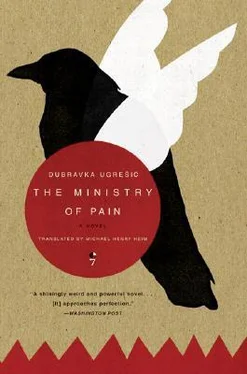
 ’s Train with No Timetable . It is about the exodus of a group of people, by train, from the rocky Dinaric Alps to Yugoslavia’s “breadbasket,” the rich, fertile Baranja (or was it Ba
’s Train with No Timetable . It is about the exodus of a group of people, by train, from the rocky Dinaric Alps to Yugoslavia’s “breadbasket,” the rich, fertile Baranja (or was it Ba  ka) region in the north. In the course of the journey they fall in love, they fight, they have ideological debates, a child is born, a man dies. Train with No Timetable begat a spate of train episodes in the Yugoslav cinema, all the way to the cruel love scene in the filthy WC in Emir Kusturica’s When Father Was Away on Business . Incidentally, it was with Kusturica that the Yugoslav cinema breathed its last.
ka) region in the north. In the course of the journey they fall in love, they fight, they have ideological debates, a child is born, a man dies. Train with No Timetable begat a spate of train episodes in the Yugoslav cinema, all the way to the cruel love scene in the filthy WC in Emir Kusturica’s When Father Was Away on Business . Incidentally, it was with Kusturica that the Yugoslav cinema breathed its last.